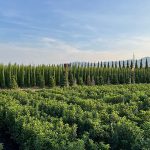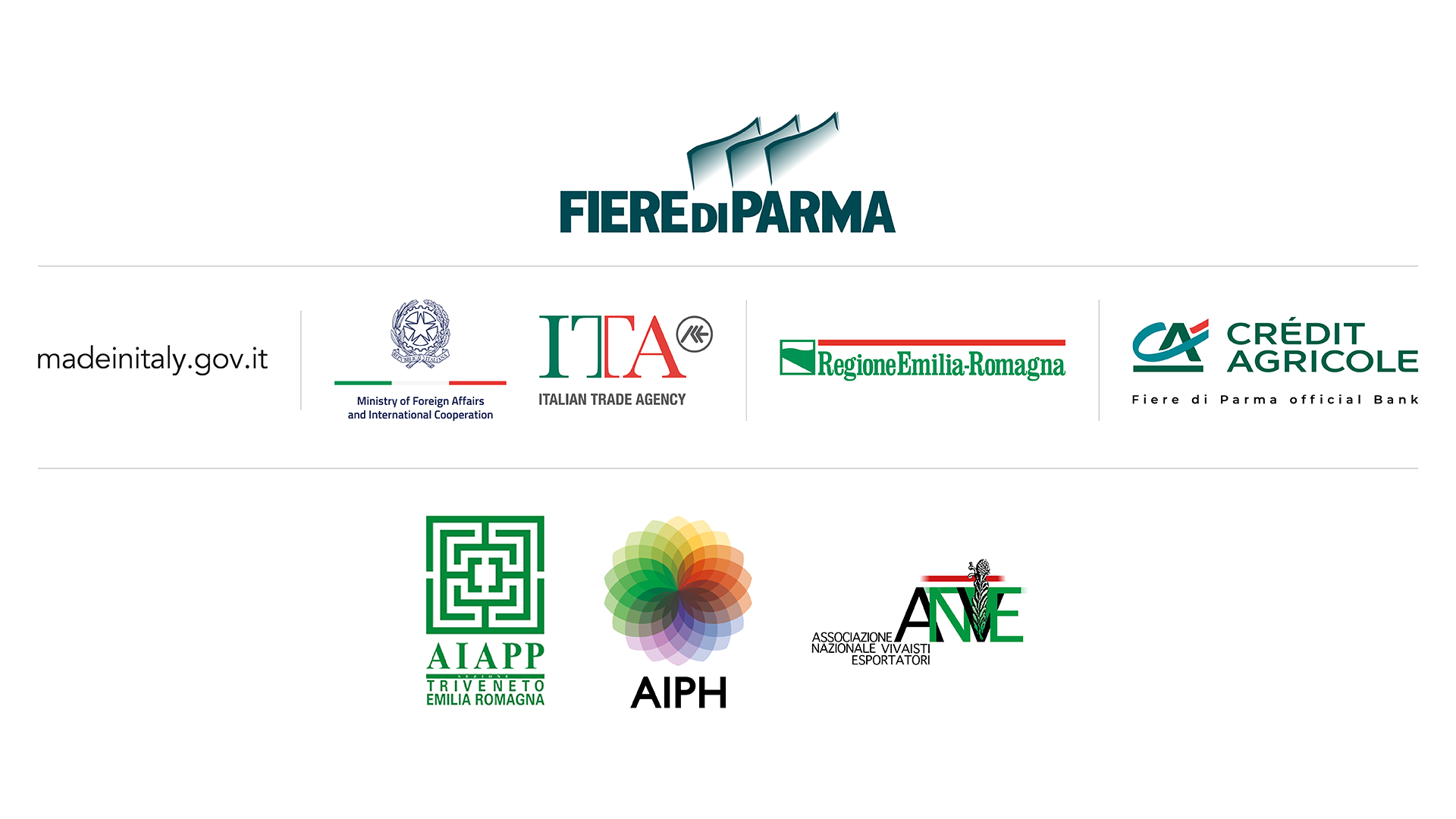The second edition of the Report on the Italian agri-food sector, prepared by Ismea, was presented in the Cavour Hall of the Masaf. This report confirms the aim of providing an annual consolidated analysis of the “health status” of the national agri-food sector, offering a comprehensive overview of cyclical trends within a medium-term context. The idea is to bring together and highlight, within a unified perspective, the many themes that shape the analysis and monitoring activities the Institute constantly carries out, which contribute to a rich flow of monographic publications throughout the year.
The context in which the Italian agri-food sector operates, both from a macroeconomic perspective and internationally, has been marked by significant turbulence in 2023 and the first half of 2024. While we have seen a gradual decline in inflation, with a reduction in international prices of raw materials and energy sources, the world continues to be shaken by the ongoing conflicts: those in Ukraine and Palestine, with the latter extending to Lebanon and the resulting risks of it transforming into a regional war.
This is compounded by the growing tensions between the United States and China, and more generally between the West and the so-called BRICS countries, with a politically weak and often divided Europe observing. (The creation of a new world order as invoked by Putin, the decline of the West, and the decay of liberal democracies, which is now more evident than ever with Trump’s victory). The Trump era – there is an ongoing struggle for a new world order, a merger between two oligarchs, Trump and Musk. In this context, there is an emerging awareness that the period between 2021 and 2023, which seemed like a “perfect storm”—heavy but temporary, due to the simultaneity of exceptional events—is actually a situation of permanent uncertainty that we must get used to. Even in this unfavorable context, the health of the Italian agri-food sector appears, on the whole, to be positive.
The export capacity of the most representative “Made in Italy” products continues to be confirmed and strengthened (food industry products such as cheeses, baked goods, cured meats, pasta, as well as agricultural products such as wine, tomatoes, grapes, apples…), along with the growing importance of the agri-food sector in the national economy and its interrelations with other sectors. This is a strategic sector, and by nature “resilient” in the true sense of the term, as it is more capable than others of reacting to external macroeconomic and geopolitical shocks, taking advantage of positive opportunities and absorbing negative effects. A sector characterized, even in its agricultural component, by restructuring processes aimed at increasing competitiveness, both through the rationalization of production processes and the expansion of business size, and—most importantly—through product differentiation and the enhancement of their distinctiveness based on quality improvement. Of course, there are also problems and challenges of various kinds, some historical and some exacerbated by trends in recent years: imbalances and inefficiencies along the supply chain from farm to table; price variability and terms of trade; strong pressure on production costs and low profitability, which is made sustainable for agriculture by a CAP support that is still perceived as too complicated; delays in generational turnover; labor shortages and the presence of irregular work; vulnerability, particularly for the agricultural component, to increasingly extreme weather events.
Specifically, the floricultural products sector has a turnover of €3,143,600, representing 4.4% of the national total, with a positive variation over the decade of +21.6% compared to 2014 and +0.1% compared to 2022 at current prices. However, at constant prices, we must register a loss of 8.9% over the decade and 3.8% compared to 2022. This latter figure is concerning as it reveals a clear weakening of the sector, which, in our view, still holds significant development opportunities.







